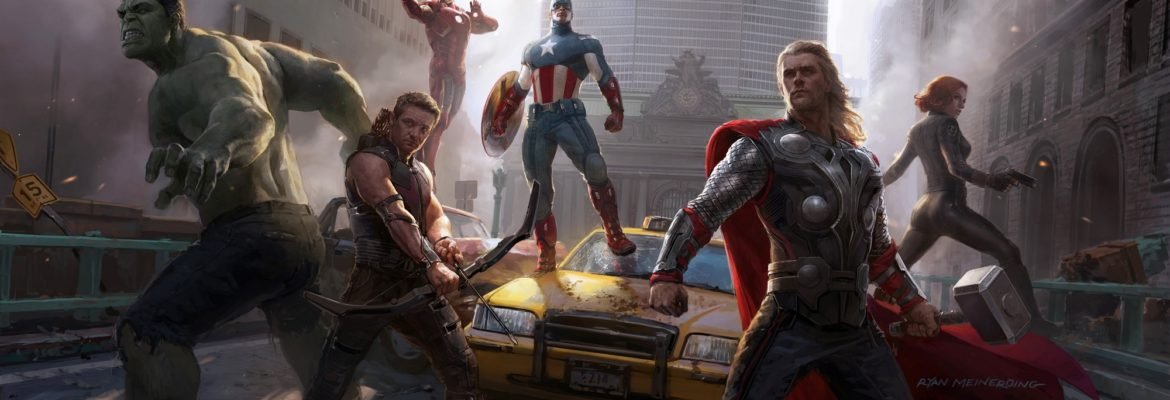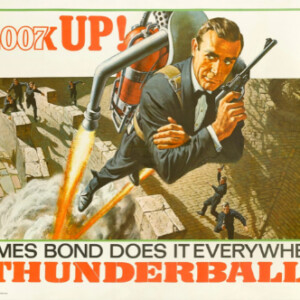How Color Brought The Avengers Together In Their First Big Screen Team-Up
Now that Avengers: Endgame has brought the Infinity Saga to a close, it is hard to believe that bringing Marvel’s marquee characters together in one film was ever a dilemma. But before the cameras rolled on the first Avengers film, production designer James Chilund’s first challenge was how to make Thor, Iron Man, Captain America, Black Widow, Hawkeye, and Hulk coexist in the same frame visually.
Up to that point, Iron Man, Thor, Hulk, and Captain America had each appeared in their own standalone movies. Each had different worldviews because they came from vastly different worlds or places. One even came from a different time period. These differences were emphasized by their own unique costumes, or in Dr Bruce Banner’s case, his ability to turn into a giant green rage monster.
These characters did not seem to fit together visually. Potentially, these characters could look ridiculous in a lineup. Looking good in the comics is one thing, but it can easily be lost in translation when adapted to film. Nonetheless, for the film to work, each character had to be clad in their costumes, and fight alongside each other without clashing. Chilund couldn’t give them an Avengers uniform to wear. This wouldn’t be true to the comics or to the artists who had brought each of these characters to life on the previous films.

“I felt a tremendous sense of responsibility, to all of the incredibly talented artists who had worked on the films before me, to deliver a world that was balanced and cohesive, and could contain all of these different visual threads,” Chilund explained to Gizmodo.
Chilund found this cohesion through the use of color–a common color found in their costumes.
“Each of the characters had such strong color in their wardrobe, how could they be unified as a singular team visually, without betraying the history of each individual? We decided to unify them through the color red, which they all shared (except for Hulk) and to tone down the blues, allowing red to be the singular primary color in the frame, flashing against a more toned background. This was a strategy I carried through all of the sets, trying to pull back the color generally, eliminating primary blue entirely, in order to allow the heroes to spring from the backgrounds.”
Chilund’s visual trick might have gone unnoticed by most of the movie-going audience, but it certainly helped bring this team together into the most successive cross-over event in movie history.


